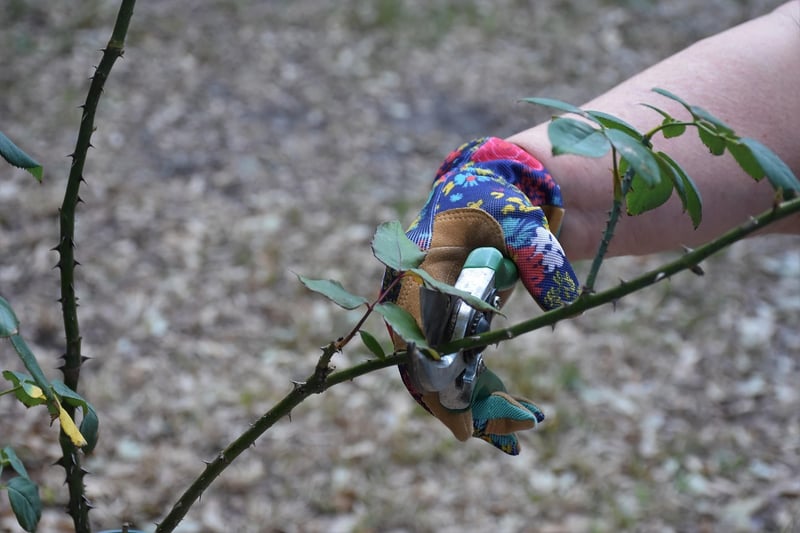Pruning and Trimming
Keeping Your Garden Healthy: Pruning and Trimming Tips

Having a healthy garden requires proper maintenance and care throughout the year. Pruning and trimming are essential tasks that help promote plant growth, improve aesthetics, and prevent diseases. Here are some tips to keep your garden thriving:
1. Know When to Prune
Understanding the specific pruning needs of each plant is crucial. Different plants require pruning at different times of the year, depending on their growth patterns. Research the pruning requirements of your plants to ensure you prune them at the right time.
2. Use the Right Tools
Invest in high-quality pruning shears, loppers, and saws to make clean cuts without damaging the plants. Keeping your tools sharp and clean will ensure efficient pruning and reduce the risk of transmitting diseases between plants.
3. Remove Dead or Diseased Branches
Regularly inspect your plants for dead or diseased branches and remove them promptly. Pruning these branches will improve air circulation, sunlight penetration, and overall plant health.
4. Maintain Shape and Size
Trimming helps maintain the shape and size of your plants, enhancing their appearance and promoting healthy growth. Follow the natural form of the plant while trimming to avoid causing stress or damage.
5. Consider Growth Patterns
Understand the growth habits of your plants to prune them correctly. Some plants grow vertically, while others spread horizontally. Tailor your pruning technique to encourage healthy growth and maintain the plant's natural habit.
6. Prune After Flowering
For flowering plants, prune them right after they finish blooming to encourage new growth and enhance next season's blooms. Avoid pruning flowering plants during their active blooming period to prevent cutting off flower buds.
By following these pruning and trimming tips, you can ensure a healthy and vibrant garden year-round. Regular maintenance will not only keep your plants looking their best but also contribute to their overall well-being.
Remember, each plant may have unique pruning requirements, so it's essential to research and tailor your approach accordingly. Happy gardening!
